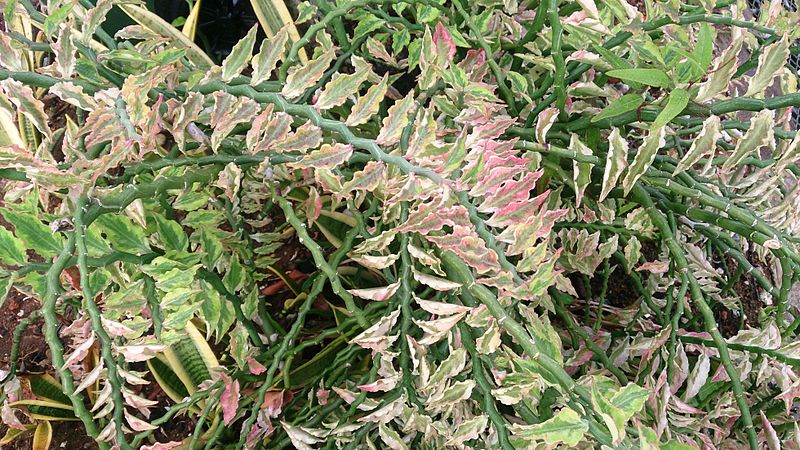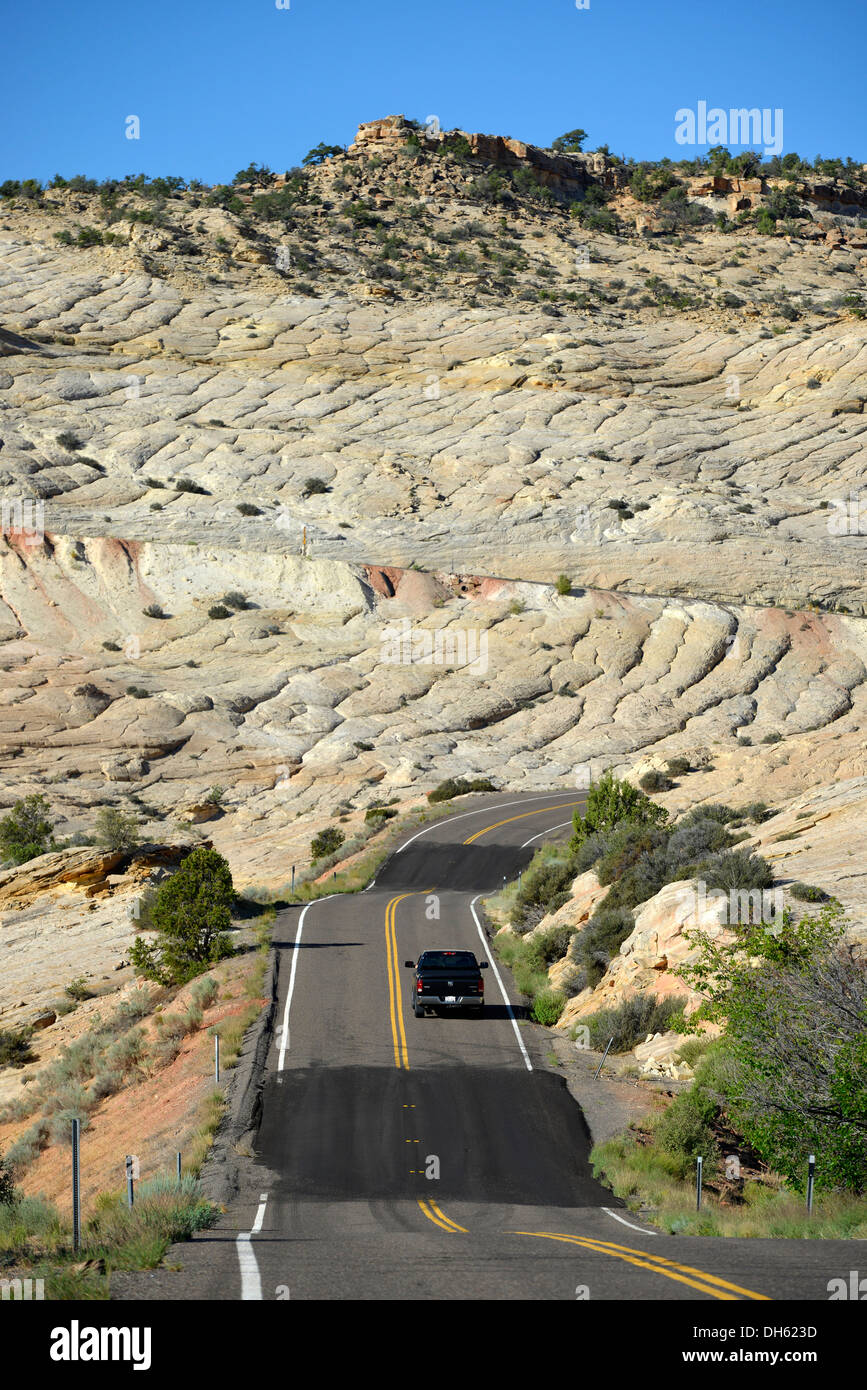

The remaining foliage should remain above the soil bed. Place the stem cutting in a cactus or succulent potting mix with good drainage.

This will allow the cut wound to create a scab or callous before being planted.


Select the best branches from leading or principal stems.The devil’s backbone can be propagated through seeds or stem cuttings. Make sure to hydrate your plant well at least 24 hours before repotting to help prevent shock.įor those repotting in locations with lower light conditions, make sure to add a good dose of perlite to the bottom of the container to help with drainage, so the bottom won’t become soggy. Select a pot that is one size larger with drainage holes for good draining.īecause they are susceptible to root rot, letting them become a bit rootbound will actually protect the plant and increase the possibility of flowering. Ideally, a cactus or succulent potting mix should be used. Repotting will be necessary about every third year. Related article on garden shears and other gardening tools.Cut cleanly when pruning to avoid creating wound damage to the stem. Always use clean garden shears to reduce the chance of transmitting fungal or bacterial infections among plants. Pruning is important for removing dying or yellowing foliage. Pruning and Potting the Devil’s Backbone Plant Cut this back to every six weeks in the fall and winter months. You can feed your devil’s backbone plant every month during its growing season. While a basic houseplant fertilizer can do the job, a cactus fertilizer is more appropriate as these fertilizers will address the specific nutrient needs of these plants. Fertilizer for the Devil’s Backbone Plant Then return it to its plant holder or location.Īverage home humidity is more than adequate for the devil’s backbone’s needs. Remove the pot from the water and allow the pot to drain. You can do that by placing the pot in a saucer of water for ten to fifteen minutes and allowing the plant to soak up what it needs. This is a plant that can be watered with success from the bottom. Overwatering will also show its symptoms with yellowing lower foliage, little growth, and root or stem rot. Underwatering will be evident if the foliage turns yellow or grayish, and there is no new growth. Better you should underwater your devil’s backbone than overwater. The top half of the soil bed should be allowed to dry out before watering. Light for the Devil’s Backbone Plantīright indirect sunlight is the preferred lighting for this plant, so putting it near a window is optimal.īut be careful putting it in direct exposure to sunlight because that can lead to leaves scorching. Terracotta pots are great for helping reduce excess moisture as they are porous and tend to sweat. If you don’t have any and want to use a regular potting mix, this is fine as long as you add peat moss or vermiculite with some sand to ensure adequate drainage. Ideally, the growing medium should be a cactus and succulent potting mix. Growing Medium for the Devil’s Backbone Plant These plants should be kept away from heating and air conditioning units and vents. Sun scorching and dehydration are risks for this plant when placed in direct sunlight. The devil’s backbone may actually have more success when grown indoors. This plant can be cultivated outdoors in USDA hardy zones 9, 10, and 11 during the summer in a shaded spot with temperatures measuring above 55☏ahrenheit. So, plan on your plant reaching its maximum height somewhere between five and eight years. However, don’t expect rapid growth, as the devil’s backbone only grows two to three inches each growth season. The actual botanical name of Pedilanthus tithymaloides was used in 1812 by Pierre-Antoine Poiteau because the blooms appear to be shaped like shoes.Ī member of the Crassulaceae family, it will grow just above three feet tall and a foot wide. It was initially found by Carl Linnaeus as far back as 1753 and named the Euphorbia tithymaloides. It enjoys the subtropical regions of North and Central America. It has a number of other common names, including:Īs a tropical succulent, this species can be found across the Americas from Brazil to Mexico to warmer zones in North America. This is a striking plant that grows straight upward and will brighten up any corner that can do with some vertical décor. The devil’s backbone is an easy-care, low-maintenance tropical plant to grow and nurture. 7.5) Why is my Devil’s Backbone dying? Devil’s Backbone Plant Overview


 0 kommentar(er)
0 kommentar(er)
